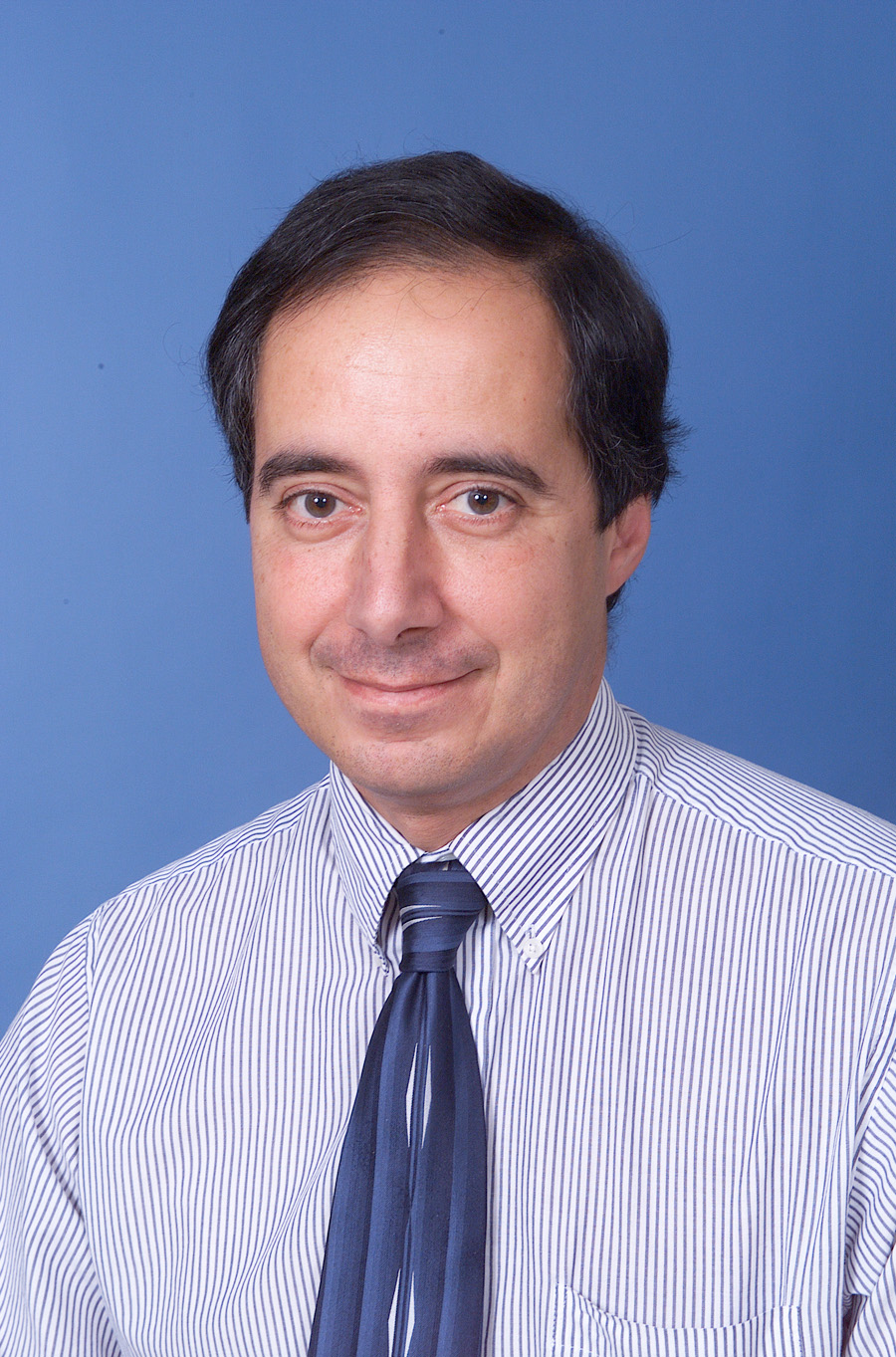Press Release
Engineer at Johns Hopkins Applied Physics Laboratory Makes Scientific American's Annual Top 50 List
Mon, 11/06/2006 - 08:52
Dr. "Tag" Cutchis, a senior engineer at The Johns Hopkins University Applied Physics Laboratory (APL) in Laurel, Md., has been named to the "Scientific American 50," the magazine's annual list of leaders in science and technology that will appear in its December issue. The Scientific American 50, selected by the magazine's board of editors and a group of outside advisors, recognizes research, business and policy leaders in several technological categories.
Cutchis was selected for developing a device that may enable amputees to communicate desired movements simply by thinking about them. Under normal circumstances, the human brain indicates actions that should occur. An electrochemical signal travels along complex communication channels or neurons in the body and eventually stimulates specific muscles to enact precise movements.
While scientists have been successful in using the electrical signals from an amputee's healthy muscles to allow them to move his or her prosthetic arm using surface electrodes, this method allows for relatively limited degrees of motion and can generally allow control of only one motion at a time. Researchers are also exploring the use of penetrating neural electrodes to provide access to more signals and subsequently greater degrees of motion. However, these technologies have associated risks with acute and chronic viability.
Cutchis' invention involves an array of electrodes implanted radially around the sheath of a peripheral nerve, recording pulses that travel up and down nerve endings and thus recreating precise stimulations that could be used to control the prosthesis. His novel electrode array was among the inventions recognized earlier this year by APL's annual Invention of the Year Award program, which showcases technologies developed by APL staff members.
"I'm honored to be recognized for this work," says Cutchis. He is part of a team in the Lab's Biomedicine Business Area working to develop a next-generation mechanical arm that mimics a real arm as much as possible. APL's Stuart Harshbarger, who leads that team, says: "This is a challenging task, and the team is exploring various methods for doing neural integration. Tag's expertise, as both an engineer and a medical doctor, has allowed him to come up with this innovative contribution that may be considered as part of the team's solution."
This is the fifth year that Scientific American has published the list. Past winners included Gro Harlem Brundtland, former World Health Organization Secretary General, and Steven Jobs, CEO of Apple. The complete list is also available online at www.sciam.com.
